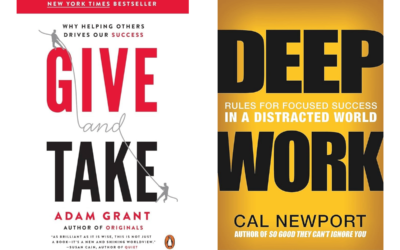One of my clients came to me when there was a lot of transition in their company. They were a Sr. Director and had a new manager and a new skip manager. And these new people were making things so unfun they were thinking of retiring early. They hadn’t quite hit the retirement age they had been planning, but they could make it work.
As we talked more about their role and the company it turned out they didn’t really want to. They had been leading a new product and really wanted to see it all the way through to market. So we started talking about what some of the challenges were.
It turns out some of the new team made some missteps when coming on board. And with these missteps, my client assumed the worst. And once they assumed the worst they acted accordingly.
And here’s the thing. Even if you’re right and intentions were bad, the way you respond can make things better or can make them worse. By starting to assume the best intentions and giving the benefit of the doubt on oversights my client opened up the conversations.
They scheduled get-to-know-you time with their big boss. And started giving a little history lesson as to who was actually responsible for some of the successes. They started checking with their manager about the types of things they wanted to be included on and understand why so they could make the best judgment decisions. The opening of these doors started snowballing into better relationships and results.
Dana was an outstanding coach. I was experiencing work issues where the sessions really applied. She provided me with options on how to deal with these issues and even helped to prepare me for important meetings. She exceeded my expectations for this program.
Where are you assuming less than the best intentions with someone? And what benefit of the doubt action could help move things in the right direction?













0 Comments